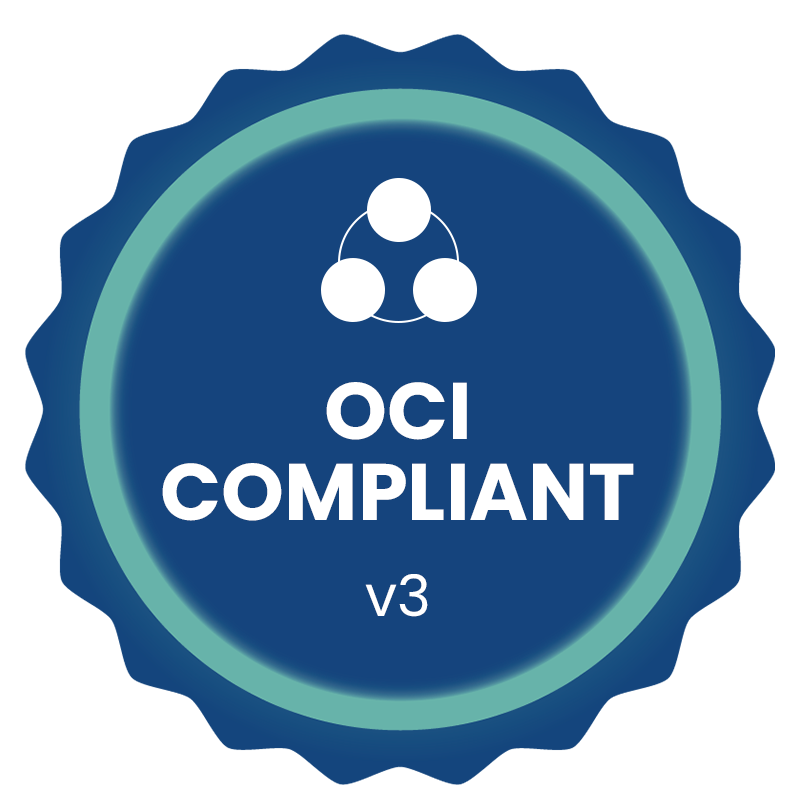The Drug Supply Chain Security Act (DSCSA) was enacted in November 2013 as part of the Drug Quality and Security Act. It outlines steps to achieve an interoperable and electronic way to identify and trace certain prescription drugs at the package level as they move through the supply chain. This helps prevent harmful drugs from entering the U.S. drug supply chain, detect harmful drugs if they do enter the supply chain, and enable rapid response to remove harmful drugs from the supply chain to protect patients. The law applies to companies involved in the purchase and sale of the vast majority of human prescription drug products, and includes the following requirements:
- Labelling and serialization. The lowest saleable packages must have a unique product identifier with four data elements – NDC, lot, serial, and expiry date – in both human-readable and barcode form.
- ATPs. Trading partners buying and selling DSCSA-covered product must be Authorized Trading Partners (ATPs). The law includes definitions for five types of ATPs – manufacturers, repackagers, third-party logistics providers (3PLs), and dispensers (e.g. pharmacists).
- Transaction information. Trading partners must provide transaction information to the subsequent owner of a product “prior to, or at the time of, each transaction.” In addition, beginning November 27, 2023, all TI and TS must “be exchanged in a secure, interoperable, electronic manner in accordance with the standards established [through FDA guidance],” and the TI must “include the product identifier at the package level for each package included in the transaction.”
- Interoperable Tracing. The electronic, interoperable exchange of TI is foundational to achieving electronic Interoperable Tracing to support suspect & illegitimate product investigations. Learn more.
- Interoperable verification. The product identifier must be verified with the original manufacturer under certain circumstances, such as a saleable return, suspect & illegitimate product investigation, or status check. Learn more.
Under the “stabilization period” announced by FDA, stakeholders in the pharmaceutical supply chain have been focused on refining processes, improving systems, and ensuring that all participants – from manufacturers to pharmacies – understand and can comply with these requirements. The final deadline for full compliance is November 27, 2024.


